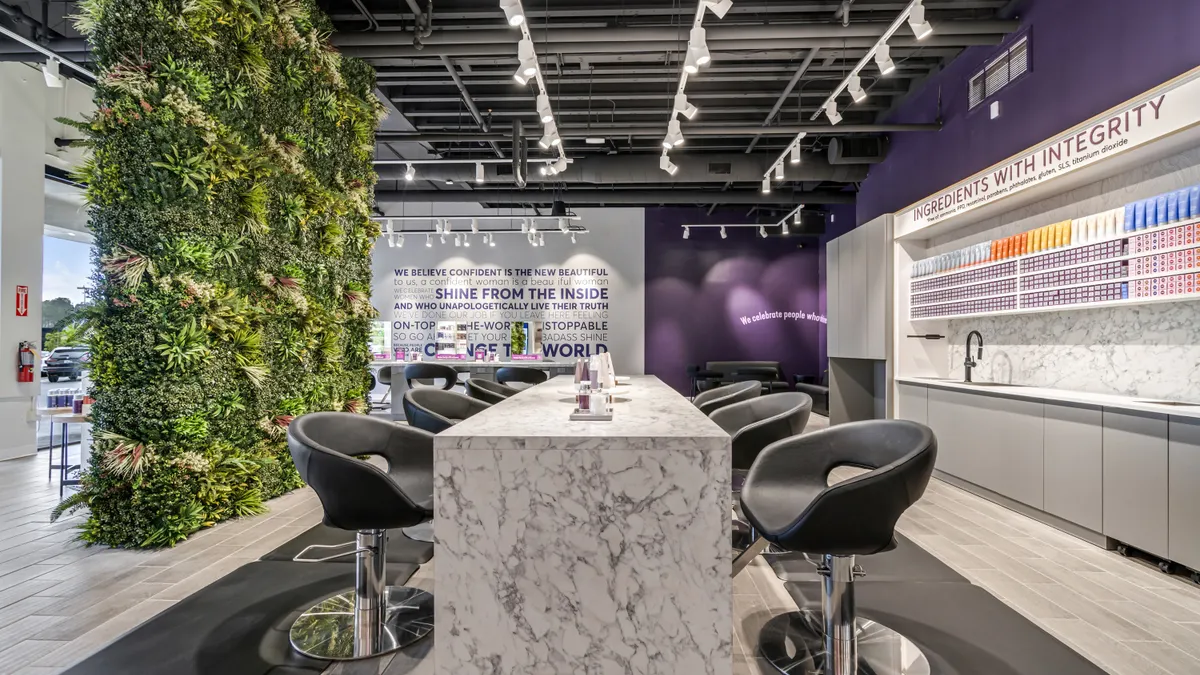Dive Brief:
- Empathy is often left out of the digital experience, which can put customer trust and loyalty at risk, according to a Forrester report released earlier this month.
- Common mistakes businesses make include treating empathy as a check-the-box step in the design process and pursuing ineffective ways to demonstrate empathy for a lack of customer research.
- The most important thing a brand can do is conduct research to understand its customers’ needs, wants and expectations — and then act on those insights, according to Senem Guler Biyikli, analyst at Forrester, and Gina Bhawalkar, principal analyst.
Dive Insight:
Empathy can go beyond human-to-human interactions; businesses that make their customers feel heard and understood in digital channels can foster emotional connections, developing their customers’ trust and loyalty.
Digital interactions are no less important than human-to-human interactions, Biyikli and Bhawalkar said.
Customers make many important decisions via digital channels, from sending money and filing for life insurance to applying for a mortgage.
All too often, brands mistake empathy for projecting warmth, according to Biyikli and Bhawalkar. Sometimes that takes the form of scripted statements or platitudes instead of a digital experience that shows understanding of customer needs.
The report cites a major insurance company that through research determined that for customers filing life insurance claims, talking to a customer service representative on the phone about a family member’s death is emotionally draining. To spare customers, the design team created an additional digital feature to file online. Within six months, the digital feature was being used as frequently as the contact center.
“Focus on moments in the customer’s journey where empathy is most critical — like when something goes wrong,” Biyikli and Bhawalkar said in an email to CX Dive.
That can take the form of an apology for a late order or a lost delivery. Forrester points to Panera Bread as an example: When an order takes longer than usual, the restaurant chain sends customers an email apologizing for the inconvenience and promising that it’s working to do better.










